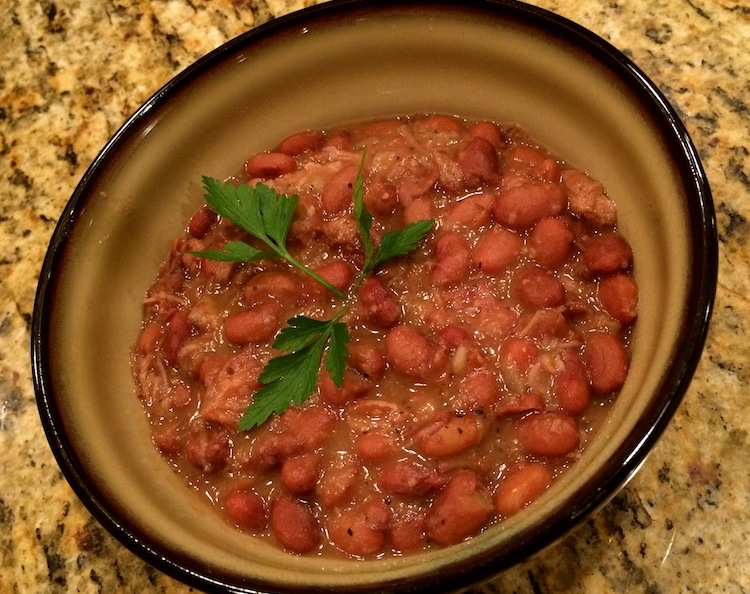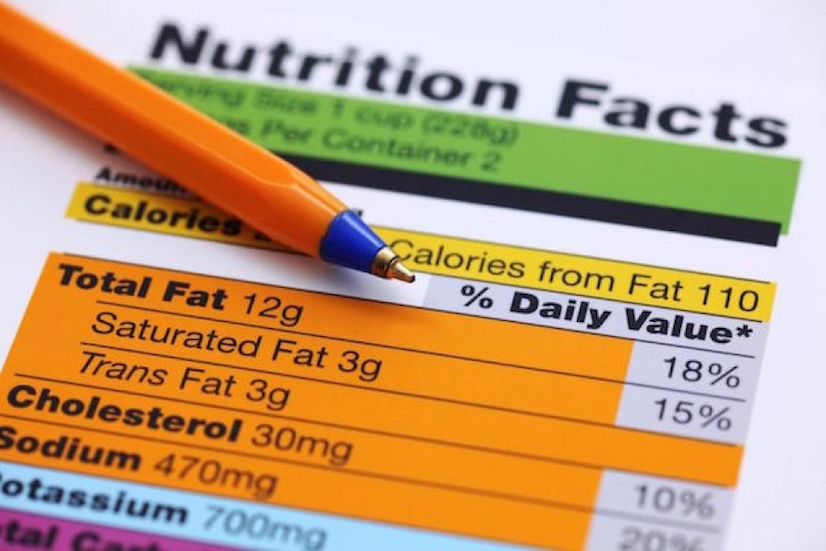The average American diet is severely lacking in fiber. This is not at all a good thing, as eating a high-fiber diet promotes healthy weight management and substantially lowers the risk of developing diet-linked chronic conditions among which include colorectal and pancreatic cancers, heart disease and type 2 diabetes. All fiber, however, is not created equal. Truth is, there are different types of fiber housed in different foods and each type has specific functions in the body.
If you want to reap the full benefits of a high-fiber diet, it’s important to have a general understanding of each type so you can make wise eating choices.
What Exactly Is Fiber?
Fiber generally refers to the indigestible portion of carbohydrates naturally present in plant-based foods like vegetables, fruits, legumes, grains, nuts and seeds. Since fiber cannot be digested, it is not a source of calories. When you eat fiber-rich foods, your body essentially takes the nutrients it needs from these foods and passes the roughage out. Fiber absorbs excess waste products in the body and pushes them out as well.
Related Article: What You Should Know About Carbs and the Glycemic Index
What Are the Types of Fiber?
The fiber contained in plant-based foods is properly termed dietary fiber and there are two main types—Soluble and insoluble. Soluble fiber is so-named because it dissolves in water and becomes viscous forming a gel-like substance that can be broken down in the large intestine (colon). Beans, peas, apples, citrus fruits, oats and barley contain an abundance of soluble fiber.
In contrast, insoluble fiber is not dissolvable and is incapable of being broken down in the colon. Insoluble fiber is plentiful in the skins of vegetables and fruits, beans, whole-wheat flour, nuts and seeds.
Although they are different, regular consumption of both soluble and insoluble fibers greatly contributes to disease prevention and overall good health. Soluble fiber, for instance, is known to stabilize blood glucose (sugar) levels by slowing the digestion and absorption of carbohydrates, which is especially beneficial in the prevention and treatment of diabetes. It also helps keep blood cholesterol levels in check.
Beans, peas, apples, citrus fruits, oats and barley contain an abundance of soluble fiber.
When regularly consumed, soluble fiber repeatedly binds with cholesterol-containing compounds in the small intestine and eliminates them from the body through feces.
Related Article: How Healthy Eating Habits Can Ward Off Type 2 Diabetes
Interestingly enough, and unbeknownst to many, you can substantially boost your intake of soluble fiber by drinking freshly prepared vegetable and fruit juices.
Insoluble fiber chiefly promotes healthy elimination of waste products from the body. It specifically binds water in ways that make the feces bulkier and softer for quick and easy passage through the intestines. This type of fiber is typically recommended for relief of constipation, hemorrhoids, and digestive disorders like diverticulitis.
Insoluble fiber is plentiful in the skins of vegetables and fruits, beans, whole-wheat flour, nuts and seeds.
Insoluble fiber also has a unique appetite-suppressing effect that promotes weight loss by increasing feelings of fullness. This is especially advantageous if you regularly incorporate vegetable and fruit-rich smoothies into your weight loss diet. Unlike fresh juice, smoothies have the added benefit of containing both soluble and insoluble fiber. Just be sure to include any edible outer skins of vegetables and fruits in your blends.
Related Article: 5 Simple and Delicious Low-Sugar Smoothie Recipes for People with Diabetes
Now, here’s where things get a little bit tricky!
In addition to soluble and insoluble fibers, there’s yet another classification to be aware of—Functional fiber. Functional fiber is that which is either isolated from natural sources or manufactured and added to different foods, drinks and supplements.
A food’s total fiber content is the sum of both dietary and functional fibers. There are many types of functional fiber available in commercial products, but only a few have actually been proven beneficial for disease prevention. These are beta-glucan, psyllium and arabinogalactan fibers.
Including these functional fibers in foods and beverages can greatly boost their overall nutritional value. However, simply adding them to products doesn’t necessarily make them any healthier. The many sugar-rich breakfast cereals, drinks and snacks that carry “high-fiber” and “fiber-enriched” labels evidence this, as most are highly refined carbohydrates that have been stripped of beneficial nutrients.
Functional fiber is that which is either isolated from natural sources or manufactured and added to different foods, drinks and supplements.
Related Article: Seven Food Labeling Tactics That Are Making People Sick
How Much Fiber Do You Need?
For weight management and overall good health, you should aim to consume at least 25-35 grams of fiber per day from a combination of foods rich in both soluble and insoluble fibers. While consuming foodstuffs with added functional fibers can help you meet your daily fiber needs, it’s always better to include more natural plant-based sources in your daily diet.
And, if you do supplement your diet with functional fiber-enriched or fortified foods, always check the nutrition labels to ensure they contain high-quality fibers like beta-glucan, psyllium or arabinogalactan along with other health-promoting nutrients.
Related Article: Supplements Are No Substitute for Good Nutrition







